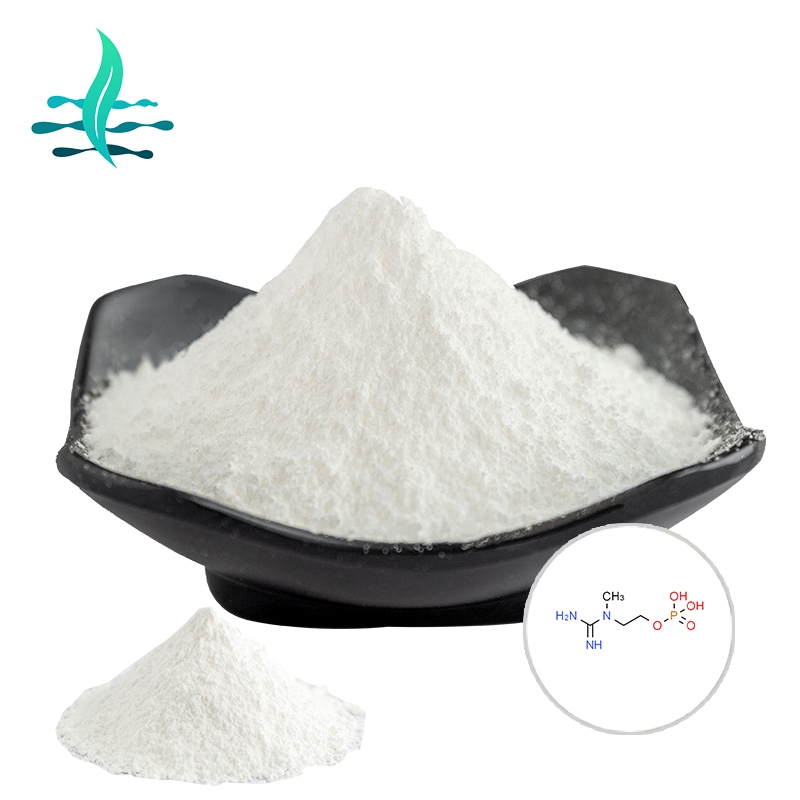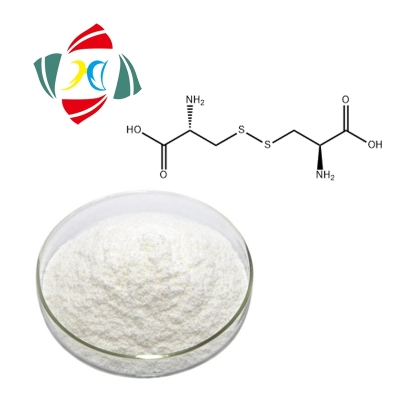-
Categories
-
Pharmaceutical Intermediates
-
Active Pharmaceutical Ingredients
-
Food Additives
- Industrial Coatings
- Agrochemicals
- Dyes and Pigments
- Surfactant
- Flavors and Fragrances
- Chemical Reagents
- Catalyst and Auxiliary
- Natural Products
- Inorganic Chemistry
-
Organic Chemistry
-
Biochemical Engineering
- Analytical Chemistry
- Cosmetic Ingredient
-
Pharmaceutical Intermediates
Promotion
ECHEMI Mall
Wholesale
Weekly Price
Exhibition
News
-
Trade Service
On July 12, the National Space Administration's Lunar Exploration and Space Engineering Center held the first batch of lunar scientific research samples for the Chang'e-5 mission at the Beijing National Astronomical Observatory.
This newspaper has planned a series of topic selections for "Approaching the Moon Soil Research" to show you what features of the moon can be revealed by the hard-working "back" of the Moon after Chang'e 5 went to the moon to "mining".
On July 30, according to the China Lunar Exploration and Deep Space Exploration Network, the third-phase ground application system of the lunar exploration project has now completed the processing of the second batch of lunar scientific research samples, and the information on the second batch of lunar scientific research samples of the Chang'e-5 mission was released online
Not long ago, the first batch of 1731 grams of lunar scientific research samples became the "sweet and pastry" of China's scientific community
On July 12, the National Space Administration's Lunar Exploration and Space Engineering Center held the first batch of lunar scientific research samples for the Chang'e-5 mission at the Beijing National Astronomical Observatory.
On July 16, the Institute of Nuclear and Geosciences opened the box to use lunar samples, inaugurated and established the Lunar Sample Analysis and Testing Laboratory of the Institute of Nuclear and Geosciences, and announced the official launch of the Chang'e 5 lunar sample scientific research work
What kind of energy is contained in the moon, the extremely gloomy place in the eyes of the ancients? What methods do the researchers of the Institute of Nuclear and Geosciences intend to use to explore these energies? What mysteries can be revealed by lunar samples? With these questions, a reporter from Science and Technology Daily interviewed the Institute of Nuclear and Geosciences
Lack of large-scale experiments, humans have limited knowledge of the moon’s nuclear energy elements
For those who have watched the cartoon "Mobile Suit Gundam", helium-3 is not a mysterious term
"The moon base uses helium-3 as energy" is almost the "standard configuration" set by science fiction works
According to estimates by Ouyang Ziyuan, the first chief scientist of the lunar exploration project and academician of the Chinese Academy of Sciences, the world’s total power generation in a year only consumes about 100 tons of helium-3, and the content of helium-3 in the lunar soil can meet for ten thousand years.
Li Ziying, dean of the Institute of Nuclear and Geosciences, told reporters that the current understanding of scientists on nuclear energy elements, including lunar helium-3, is mostly based on very limited lunar sampling and astrophysics and celestial remote sensing data, and the accuracy of resource evaluation is far from adequate.
"Dissecting" lunar soil samples for future use of lunar helium-3
The 50 mg powder sample obtained by the Institute of Nuclear and Geosciences was placed in the glove box of a laboratory on the first floor of the laboratory’s experimental building
Guo Dongfa, director of the Lunar Sample Analysis and Testing Laboratory of the Institute of Nuclear and Geosciences, told reporters that if the Institute of Nuclear and Geosciences wants to engage in the above research, it cannot do without a killer feature-one of the few domestic Helix SFT rare gas mass spectrometers
Researcher Huang Zhixin, the person in charge of the use of lunar samples from the Institute of Nuclear and Geosciences, believes that through research, it is possible to find out key scientific issues such as lunar soil maturity that restricts the adsorption capacity of fusion elements such as helium-3, and preliminarily clarify the helium in the Chang'e-5 lunar soil samples.
At the same time, Huang Zhixin also said that the lunar samples are unique, and the main risks are the operation errors of fine particles (falling, spilling, etc.
New "members" added to the sample are expected to unlock more moon mysteries
The chronology of the moon is not only a complex systematic project, but also an extremely important basic research work in planetary science.
Based on the existing chronological research work on samples returned from the moon, scientists have constructed a basic framework for the geological age of the moon.
However, due to the limited distribution of samples, it cannot represent the entire moon, and there is no moon for 3 to 1 billion years.
The blank of the sample
.
The return of Chang'e-5 sampling means that the lunar samples with clear sampling locations have added new "members", and this return to the moon may collect more lunar samples from different geological backgrounds and formed in different historical periods.
It is of great significance to fully restore the history of the moon, to truly understand the moon, the earth-moon system, and even the existence of the entire solar system
.
It is worth mentioning that the sampling location of Chang'e 5 is near Mount Rumke in the northern part of the storm ocean.
It is possible to collect Kreepite (KREEP), which is usually enriched in potassium (K), rare earth elements (REE), Phosphorus (P), thorium (Th), and uranium (U) are characteristic elements, which provide favorable conditions for studying the distribution and enrichment characteristics of uranium and thorium, and the formation mechanism of KREEP rocks
.
In the long run, although the geological processes of the moon are not as complicated and frequent as those of the earth, it is still very important to understand the geological history and evolution of the moon to fully understand the geological processes of the moon and the characteristics of the moon surface, including the environment and conditions when the samples were formed.
It can also provide a basis for the comparative study of the moon and the earth and the relationship between the two, and even has important significance for understanding the earth-moon system and the entire solar system
.
The moon is a huge “space station” orbiting the Earth, a natural satellite outside the gravity of the earth.
When mankind explores the universe, the raw materials of the moon can be used to assist interstellar exploration
.
Carrying out nuclear fission and fusion element resource evaluation research can provide reference and support for future earth applications and interstellar development
.







